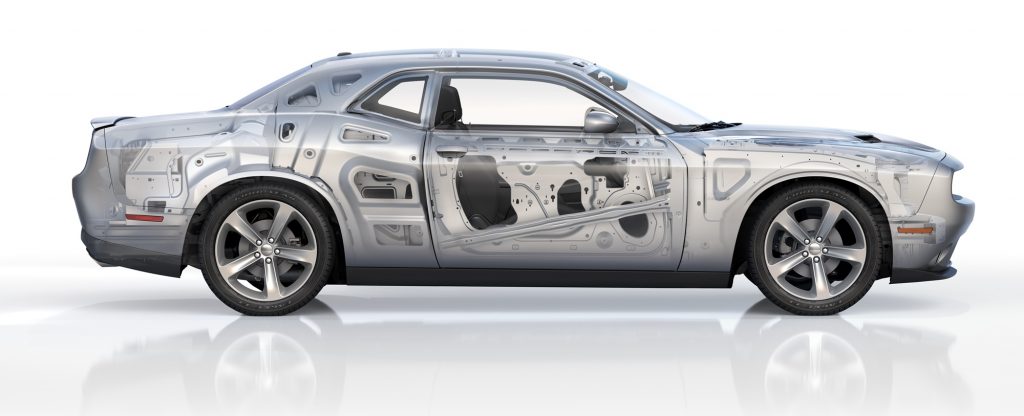When it comes to vehicle safety, there is much to consider. Here are some advancements FCA made in 2016.
In March, we signed an industry pledge to proliferate automatic emergency braking (AEB). We also declared our technology of choice, going forward – sensor-fusion. Once reserved for luxury vehicles, sensor-fusion technology uses both the vehicle’s radar and cameras. When both agree a frontal collision may be imminent, the vehicle’s brakes are activated – a strategy that affords greater precision.
Since our announcement, AEB has been expanded from six to seven segments, making this advanced technology available – at a wider range of prices – in 10 2017 FCA vehicles. The seven vehicle segments include:
- Full-size SUV (Dodge Durango)
- Mid-size SUV (Jeep Grand Cherokee, Jeep Cherokee)
- Small SUV/Crossover (Jeep Renegade; Fiat 500X)
- Mid-size sedan (Chrysler 200)
- Premium mid-size sedan (Alfa Romeo Giulia)
- Full-size sedan (Chrysler 300, Dodge Charger)
- Minivan (Chrysler Pacifica)
Watch the video below to see how our sensor-fusion technology works in FCA US vehicles.
That AEB technology, which is included in the FCA US Full-Speed Forward Collision Warning-Plus system, was a key contributor in the all-new Chrysler Pacifica minivan being named a 2016 and 2017 Top Safety Pick+ (TSP+) by the Insurance Institute for Highway Safety (IIHS). TSP+ is the IIHS’s highest safety rating. For the 2017 rating, the Pacifica minivan is the only minivan to earn a TSP+ rating.
The Pacifica, along with some of its automotive siblings, also earned the top safety honor from the U.S. National Highway Traffic Safety Administration (NHTSA). While not factored in with NHTSA ratings, the AEB system was noted in the agency’s report. In all, five FCA US 2017 vehicles earned a five-star overall safety rating from NHTSA:
- Chrysler Pacifica
- Jeep® Grand Cherokee 4×4
- Dodge Charger
- Dodge Challenger
- Chrysler 200 FWD
At the start of the year, FCA named Kristen Kreibich to fill the newly created role of Safety Advocate. Kreibich is responsible for promoting greater awareness of vehicle and occupant safety – both internally with FCA US employees, and externally with regulators, industry observers and trade associations. As of January, FCA US had more than doubled the number of vehicle-safety personnel in a little over 12 months.
In other 2016 safety news:
In June, FCA US announced it would be ceasing NAFTA-market production of vehicles equipped with non-desiccated ammonium-nitrate Takata air-bag inflators, as of the end of that month. Global production ended by the start of fall. Most inflators used in FCA US vehicles employ alternate propellants. Others use desiccant-enhanced ammonium nitrate. Neither is associated with any inflator ruptures of the kind attributed to certain non-desiccated ammonium-nitrate inflators.
In September, FCA US announced that the use of higher-strength steel in its vehicles had increased 53% since the 2012 model year. The use of higher-strength steel is a key contributor to improved crashworthiness.
Also in September, the company noted that 2017 model-year vehicles marked the debut of light-emitting diode (LED) headlamps in its lineup. The technology delivers greater light output, which helps allow drivers to see more – and potentially see it sooner.




